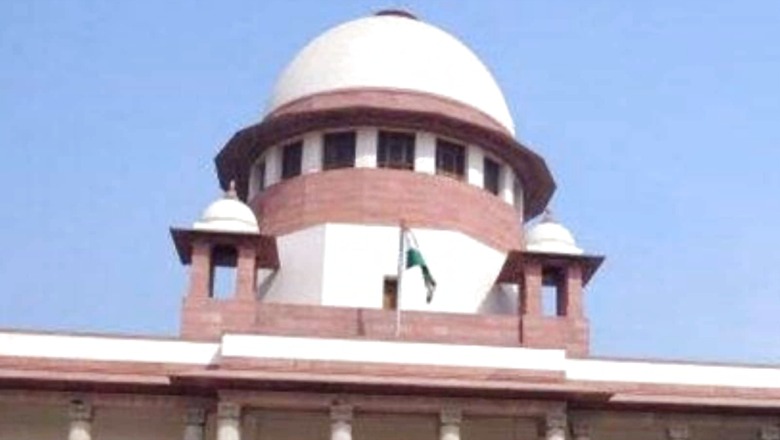
views
In this week’s class with News18, we will understand about Indian judicial system. The Indian administration is guided by three pillars — Legislature, Executives, and Judiciary.
Under the Indian Judiciary, there are several courts that interpret and apply the laws as mentioned in the Constitution. The Indian judiciary is divided into several levels in order to decentralize and address matters at the grassroots levels. It includes the Supreme Court which is the apex body of India, high court, civil courts, village courts, criminal courts, and tribunals.
What is the role of the Judiciary?
According to the class 10 NCERT book, the Indian judiciary is an independent body that resolves disputes that arise in a society among individuals, groups, between governments or between individuals and governments etc.
Read | Classes with News18: Sex Versus Gender, What’s the Difference?
“All such disputes must be settled by an independent body in accordance with the principle of rule of law. This idea of rule of law implies that all individuals — rich and poor, men or women, forward or backward castes — are subjected to the same law"
Types of Courts in India
The structure of the judiciary in India is pyramidal with the Supreme Court at the top, High Courts below them, and district and subordinate courts at the lowest level. The lower courts function under the direct superintendence of the higher courts.
Supreme Court: The top court of the country, the SC was constituted on January 28, 1950. It is the highest court of appeal and has both original cases and appeals of high court judgments. It is comprised of the Chief Justice of India and other judges. The position of CJI is currently held by NV Ramana. He has been appointed as the 48th CJI. Articles 124-147 of the Constitution of India lays down the authority of the Supreme Court. It can transfer judges of high courts. It can move any case from HC to itself or from one HC to another.
Read | Classes with News18: How 2022 Polls Demystify All Your Queries Related to Civics Chapter on ‘Elections’
High Courts: High Courts are the highest judicial body at the state level. Article 214 which lays down the authority of HCs allows hearing appeals from lower courts, issuing writs for restoring Fundamental Rights, and can deal with cases within the jurisdiction of the state. Presently, there are 25 HCs in India. High Court judges are appointed by the President of India upon consultation with the CJI of India, and of the HC, and the governor of the state.
District Courts: This type of court deals with cases in the district level. Established by the state governments, these are bound by HC judgments. Every district generally has two kinds of courts — civil and criminal.
Civil court matters can range from property disputes to breaches of contract to divorce cases. They have the jurisdiction to try all suits of civil nature.
Criminal courts deal with any crime committed by the citizens or entity. Its powers are mentioned under the Code of Criminal Procedure (CrPC). After a criminal case is registered with the local police that it goes to the court which decides on the matter.
Lok Adalats: These are subordinate courts at the village level which provide a system for alternate dispute resolution in the villages that falls under its jurisdiction.
Tribunals have the administration of specific matters such as tax cases, land cases, consumer cases etc.
How Are Judges Appointed?
Over the years, a convention had developed whereby the senior-most judge of the Supreme Court was appointed as the Chief Justice of India. This convention was however broken twice. In 1973 A. N. Ray was appointed as CJI superseding three senior Judges. Again, Justice M.H. Beg was appointed superseding Justice H.R. Khanna (1975).
The Chief Justice then recommends names of persons to be appointed as judges. This happens in consultation with four senior-most judges of the Court. Thus, the Supreme Court has established the principle of collegiality in making recommendations for appointments. These recommended names have to be approved by the President.
Test Your Learning
“The appointment of judges has never been free from political controversy. It is part of the political process. It makes a difference who serves in the Supreme Court and High Court— a difference in how the Constitution is interpreted. The political philosophy of the judges and their views about active and assertive judiciary or controlled and committed judiciary have an impact on the fate of the legislations enacted. Council of Ministers, Governors and Chief Ministers and Chief Justice of India — all influence the process of judicial appointment," claims NCERT social science textbook.
Read all the Latest Education News and Breaking News here
















Comments
0 comment